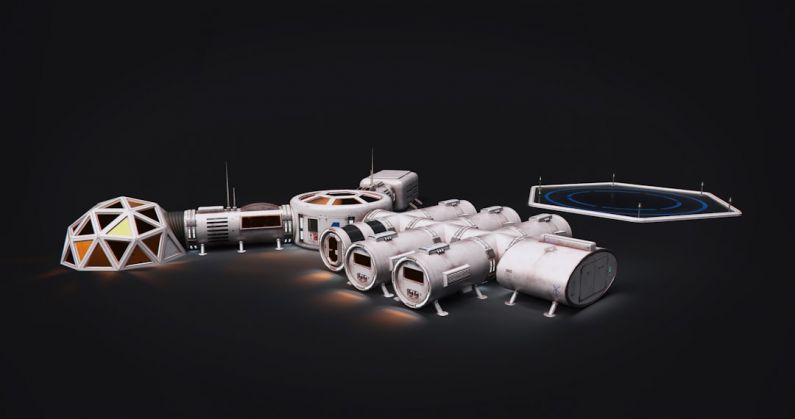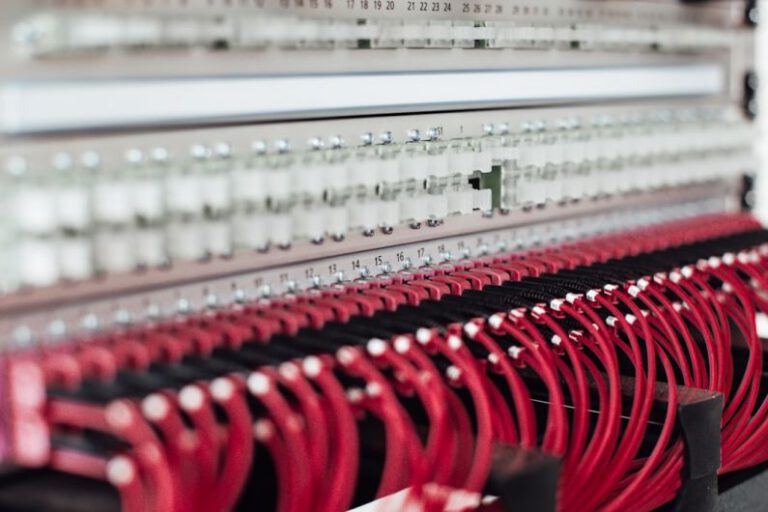Colonizing Mars: the Next Giant Leap
The dream of colonizing Mars has captivated the imagination of humanity for decades. With the rapid advancements in technology and space exploration, this dream is inching closer towards becoming a reality. The red planet, with its harsh environment and barren landscape, presents a formidable challenge for human colonization. However, scientists, engineers, and visionaries around the world are working tirelessly to overcome these challenges and pave the way for the next giant leap in human exploration.
The Challenges of Mars Colonization
Mars poses a myriad of challenges that must be addressed before humans can establish a sustainable presence on the planet. The lack of a breathable atmosphere and extreme temperatures make it inhospitable for human life. Radiation levels on Mars are also significantly higher than those on Earth, posing a risk to future colonists. Additionally, the planet’s low gravity could have adverse effects on the human body over long periods.
To overcome these challenges, scientists are developing innovative solutions such as terraforming, the process of transforming Mars’ environment to make it more Earth-like. This ambitious undertaking involves creating a thicker atmosphere, generating a magnetic field, and introducing plant life to produce oxygen. While terraforming remains a theoretical concept at this stage, it represents a potential long-term solution for making Mars habitable for humans.
The Role of Technology in Mars Colonization
Technology will play a crucial role in enabling human colonization of Mars. Advancements in robotics, artificial intelligence, and space travel have already paved the way for missions to the red planet. Robotic explorers like the Mars rovers have provided valuable data about the Martian surface, helping scientists better understand the planet’s geology and climate.
In the coming years, advancements in propulsion systems and spacecraft design will make it possible to transport humans to Mars safely and efficiently. SpaceX, led by entrepreneur Elon Musk, has been at the forefront of developing technologies for Mars colonization, including the Starship spacecraft designed for interplanetary travel. Other space agencies and private companies are also investing in technologies that will enable human missions to Mars in the near future.
The Future of Mars Colonization
As the technology and scientific knowledge necessary for Mars colonization continue to advance, the dream of establishing a human presence on the red planet is becoming increasingly feasible. NASA’s Artemis program aims to return humans to the Moon by 2024, laying the groundwork for future crewed missions to Mars. International collaboration will also be key to achieving the goal of Mars colonization, with countries around the world pooling their resources and expertise to make it a reality.
In the not-too-distant future, we may see the first human footprints on Mars, marking a historic moment in the annals of space exploration. The challenges that lie ahead are daunting, but the potential rewards of Mars colonization are immense. From expanding the boundaries of human civilization to unlocking the mysteries of the universe, the colonization of Mars represents the next giant leap for humanity in our quest to explore the cosmos.
In conclusion, colonizing Mars is a monumental undertaking that will require unprecedented cooperation, innovation, and determination. By harnessing the power of technology and human ingenuity, we can overcome the challenges of Mars colonization and pave the way for a future where humanity is a multiplanetary species. The red planet beckons us with the promise of new frontiers and endless possibilities, urging us to take that next giant leap into the unknown.






